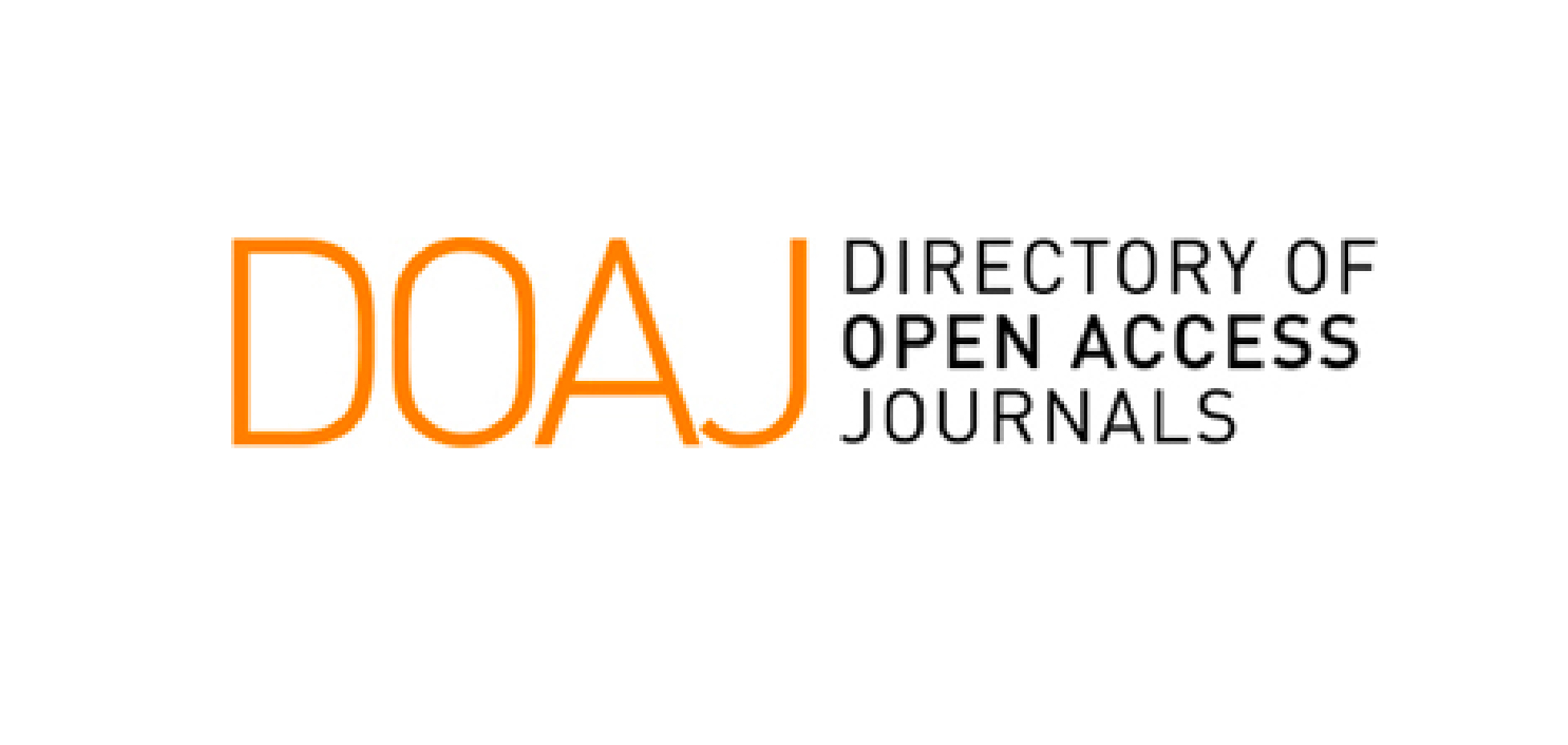SIKAP PILIHAN BAHASA PELAKU EKONOMI BERDASARKAN TINJAUAN UNDANG-UNDANG DAN PERATURAN PEMERINTAH
Abstract
This is a descriptive qualitative study that aims to describe Indonesian economists language attitude, specifically on the way they label the products.By means of behaviorist approach, the study raises an interpretation of the economists throughot observation. In order to come to the answer of the problem, data employed in this present study is the secondary data derived from other researchers. Then, the analysis of the data is employed by reviewing the labeling process in three ways, namely reasons for labeling, characteristics of the language attitude, and the Act 24 year 2009. It is figured out that there are 29 products labeled using foreign words or phrase, and the rest 11 products useIndonesia language. The phenomenon shows that labeling in foreign languages would enhance the positive image of the product. On the other hand, positive attitude is shown by the economists through their loyalty using bahasa Indonesia for labelling. Final finding is to show that the attitude displays the conterproductive to the Act 24 of 2009.
Keywords
Full Text:
PDFReferences
Annika Hohenthal, Department of English, University of Turku, Finland. http://www.postcolonialweb.org/india/hohenthal/6.1.html. Diakses 1 September 2016
Azhar, Iqbal Nurul. (2010). Sikap Bahasa (Language Attitude). https://pusatbahasaalazhar.wordpress.com/hakikat-hakiki-kemerdekaan/sikap-bahasa-language-attitude/ (daring). Diakses pada 28 Agustus 2016.
Azwar, S. (2007). Sikap Manusia Teori dan Pengukurannya. Edisi 2. Yogyakarta: Pustaka Pelajar.
Chaer, Abdul dan Leonie Agustina. (2004). Sosiolinguistik Perkenalan Awal. Jakarta: Rineka Cipta.
Elena Villar, M., Di Ai, and Sigal Segev. (2012). Chinese and American perceptions of foreign‐name brands’, Journal of Product & Brand Management, 21(5), pp. 341–349. doi: 10.1108/10610421211253632.
Fasold, R. (1984). Sociolinguistics of Society. Basil black Well Inc. New York.
Gao, Y., Su, X. And Zhou, L. (2000). Pre-handover language attitudes in Hongkong, Beijing, and Guangzhou in Limei Wang a & Hans J. Ladegaard (2010)Language Attitudes and Gender in China: Perceptions and Reported Use of Putonghua and Cantonese in the Southern Province of Guangdong. http://202.116.197.15/cadalcanton/Fulltext/21510_201443_113651_116.pdf. Diakses pada 5 September 2016.
Halliday, M.A.K. & R. Hasan diterjemahkan oleh Barori. (1992). Bahasa, Konteks, dan Teks.: Aspek-Apek Bahasa dalam Pandangan Semiotik Sosial. Gadjah Mada University Press.
Hoare, R. (2000). An Integrative approach to language attitudes and identity in Brittany. Journal of Sociolinguistics, 2(1),73-84http://onlinelibrary.wiley.com/doi/10.1111/1467-9481.00138/pdf, Diunduh pada 2 September 2016
Ihemere, Kelechukwu Uchechukwu. (2006). “An Integrated Approach to the Study of Language Attitudes and Change in Nigeria: The Case of the Ikwerre of Port Harcourt City”. In Selected Proceeding of the 36th Annual Conference on African Linguistics, ed. Olaoba F. Arasanyin and Michael A. Paemberton A, 194-207. Somerville, MA: Cascadilla Proceedings Project. http://www.lingref.com/cpp/acal/36/paper1424.pdf. Diakses 1 September 2016.
Kridalakasana, Harimurti. (2001). Kamus Linguistik. Jakarta: PT Gramedia Pustaka Utama.
Lambert, Wallace E. (1967). A Social Psychology of Bilingualism. 91-109. Journal of Social Issues. Volume 23. Issues 2. (online) 14 April 2010.
Maricar, Farida. (2016). The Influence Factors of Ternate Language Shift in Ternate City. International Journal of Science and Research (IJSR). Vol 5 Issue 1, January 2016. pp. 1756 -1761.
Sari, Siti Purnama. (2014). Analisis Pengaruh Foreign Branding terhadap Perceived Product Advantage dan Brand Image serta Implikasinya terhadap Minat Membeli Produk Lea Jeans. Skripsi. http://eprints.undip.ac.id/44641/1/14_SITI.pdf (online). Diakses pada 28 Agustus 2016.
Suprana, Jaya. (2009). Naskah-Naskah Kompas. Jakarta: Elex Media Komputindo.
Yenata, Sany Tifani dan F. Anita Herawati. (2016) Pengaruh Tingkat Ketertarikan pada Desain Logo dan Nama Merek Terhadap Brand Image (Studi Eksplanatif Mengenai Pengaruh Tingkat Ketertarikan pada Desain Logo dan Nama Merek Terhadap Brand Image Zupparella. https://core.ac.uk/download/files/886/35389457.pdf (daring). Diakses 29 Agustus 2016.
DOI: http://dx.doi.org/10.12962/j24433527.v9i2.1624
Refbacks
- There are currently no refbacks.
This work is licensed under a Creative Commons Attribution 4.0 International License.







